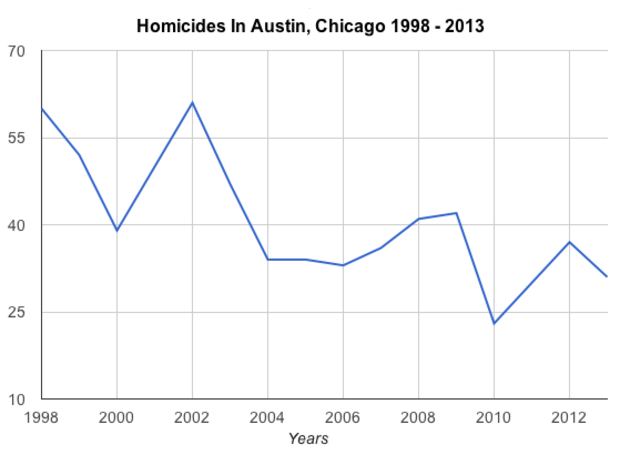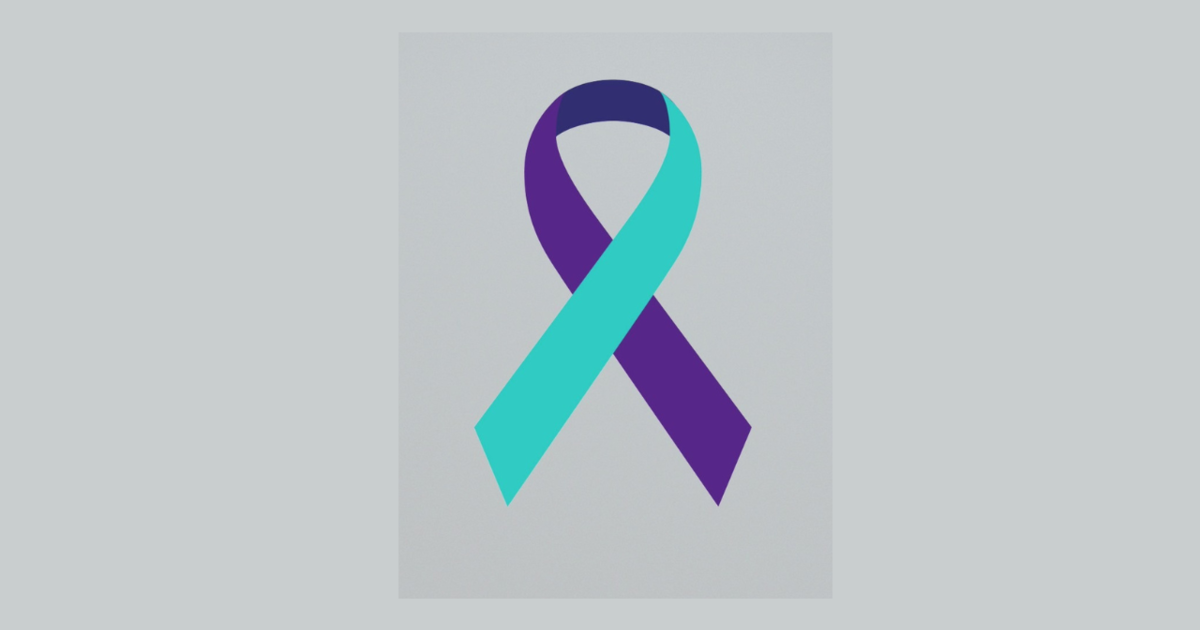Chicago's 'Most Violent Neighborhood' Is On The Rise, Offers More Than Just Homicide Statistics
"There are really great people who live there."
This is how Darnell Shields Jr., director of operations of Austin Coming Together, started our conversation about Chicago's Austin neighborhood.
Others, particularly those who only know of Austin by name, would most likely start a conversation about the infamous neighborhood off differently. One of Chicago's largest communities, Austin is notorious for having more homicides than any other Chicago community area, the sole fact most outsiders know about the neighborhood.
But for nearly 100,000 Chicagoans, Austin is much more than a homicide total.
The neighborhood itself, with its eclectic mix of architecture, can serve as a fingerprint for the city as a whole. Though its long history is fraught with ups and downs, especially when it comes to small business, it's easy for outsiders to overlook that Austin has the same amenities as their own neighborhoods: movie theaters, parks, markets ... Rarely does anyone mention that some of the best italian beef in the city is at Serrelli's Finer Foods. MacArthur's Restaurant -- serving up amazing southern food -- is usually only mentioned when politicians visit (though they only seem to visit when they're up for re-election, I wonder why that is).
Looking at Austin today, Shields believes the neighborhood "is moreso on the uprise," citing the progress in the housing market and the infrastructure of the community.
Austin has seen progress when it comes to violence, too. Looking at a span of 16 years, things have improved. Comparing 1998 to 2013 shows that homicides in Austin have been cut in half -- slightly better than the percent decrease of the city as a whole.
Also, to judge Austin by its total number of homicides is misguided. When looking at Austin's homicide rate per 100,000 people, which factors Austin's 98,514 residents into the equation -- more than any other community area in Chicago -- things look drastically different. Austin may have had the most homicides in 2013, but its homicide rate for 2013 shows a different picture -- there were 19 neighborhoods with rates that were higher.
Back to housing and infrastructure, the neighborhood has been steadily improving.
While Columbus Park was once empty and forgotten by the city, Shields has seen the park grow into a valuable resource that attracts people from Austin and its surrounding neighborhoods.
Duane Ehresman, who's been developing homes in Austin for 25 years and is the president of the non-profit Kidz Express, credits this to the rehabbed real estate surrounding the park: "If you've got apartment buildings that face [Columbus Park], it makes it safer and more aesthetically pleasing."
"I have seen more picnics in that park in the last five years than I saw in twenty years," Ehresman tells me later, pointing out that the city is now spending more effort to keep the park in good condition.
Like many of Chicago's lower income neighborhoods, Austin has had a problem with abandoned homes. It's not unusual to drive down a street and see multiple unoccupied houses with red X's placed forlornly on their exteriors, signifying that it is not safe for first responders -- cops and firefighters -- to enter. With that said, for each abandoned home, there are several others that are well cared for by the people living in them. The job and housing markets have hit Austin hard, but letting their effects -- along with the number of homicides -- lead to ignorant assumptions about Austin and the people living there couldn't be more off-base.
"You raise the standard from what people had before, and you ask people to come up to that level, and most people will do that," Ehresman said, as he talked about real estate in Austin. "And once you've done that, then that changes not only in the apartment, but out on the street as well -- the quality of life for people."
And that's the key misunderstanding of low-income neighborhoods. When outsiders look at a neighborhood like Austin, it doesn't occur to them that the same quality of life is both desired and sought after by virtually everyone across the city, whether they're from Austin or Lake View.
The most descriptive comment I've seen about Austin came not from the latest homicide reports or ignorant internet comments, but from Darnell Shields: "The people in Austin are hardworking middle class who take pride in being resilient and survivors."
And anyone who believes otherwise needs to open their eyes.
Mason Johnson is a Web Content Producer for CBS Chicago. You can find him on Twitter.




